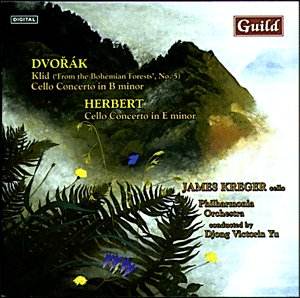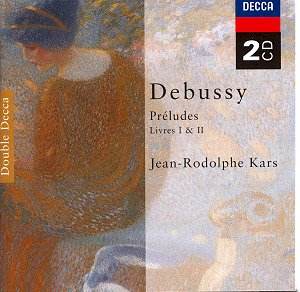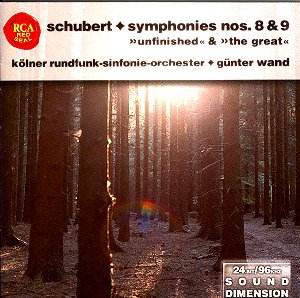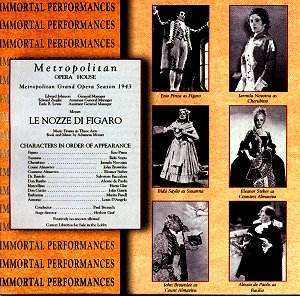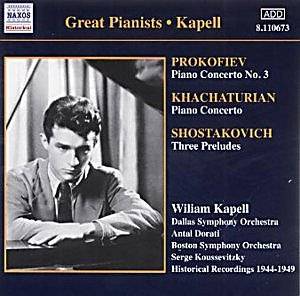 Composer: Sergei Prokofiev
Composer: Sergei Prokofiev
Works: Piano Concerto No. 3 in C, Op. 26; Dmitri Shostakovich, Preludes, Op. 34: Nos. 24, 10, 5; Aram Khachaturian, Piano Concerto in D flat
Performers: William Kapell, piano; Dallas Symphony Orchestra/Antal Dorati (1); Boston Symphony Orchestra/Serge Koussevitzky (3)
Recording: State Fair Music Hall, Dallas, 7 Jan 1949 (1); RCA Studio No. 2, New York, 11 Dec. 1944 (2); Symphony Hall, Boston, 19 April 1946 (3)
Label: NAXOS HISTORICAL 8.110673
William Kapell’s interpretations of the works presented in this Naxos Historical release illuminate a brief yet potent chapter in the history of 20th-century pianism. His performance of Prokofiev’s Piano Concerto No. 3 serves as a vivid canvas on which the composer’s duality of brilliance and introspection is masterfully painted. Prokofiev’s third concerto, composed in 1921, is marked by its technical demands and emotional breadth, oscillating between exuberant virtuosity and a darker, more contemplative spirit. Kapell’s interpretation embraces these contrasts, revealing not only the work’s inherent dynamism but also its lyrical subtleties.
Antal Dorati, conducting the Dallas Symphony Orchestra, complements Kapell’s fiery artistry with an orchestral palette that is both vibrant and cohesive. Their synergy is particularly evident in the first movement, where the piano’s aggressive opening is met with a rich orchestral tapestry, each statement from the piano answered by a resonant orchestral response. Kapell’s fingerwork is exhilarating; his ability to navigate the concerto’s intricate passages with precision and flair brings a sense of urgency to the performance. The climactic moments are delivered with a searing intensity, capturing the work’s dramatic character. However, one notes that the recording, while vibrant, occasionally prioritizes upper frequencies, resulting in a slight harshness that detracts from the orchestra’s warmth, particularly in the upper strings.
The Shostakovich Preludes serve as a poignant contrast to the Prokofiev. Kapell’s sensitivity in Nos. 24, 10, and 5 showcases his ability to convey the composer’s profound irony and melancholy. His interpretive choices—particularly in the slower, more reflective moments—are marked by a delicate touch that underscores the emotional weight of Shostakovich’s music. Each prelude is imbued with a sense of introspection, and Kapell’s nuanced phrasing enhances the poignancy of Shostakovich’s harmonic language. This performance stands as a testament to Kapell’s versatility, revealing a contemplative side that complements his more virtuosic inclinations.
The inclusion of Khachaturian’s Piano Concerto, while often viewed with ambivalence due to its lighter character, provides an interesting counterpoint to the preceding works. Kapell’s rendition is undeniably vigorous and technically impressive, yet the material itself poses challenges. The work’s exuberance, laden with rhythmic vitality, can easily veer into the realm of the superficial. Kapell’s interpretation, characterized by an almost frenetic energy, risks overwhelming the concerto’s more delicate moments. While some may appreciate this larger-than-life approach, it often feels at odds with the more nuanced textures that Khachaturian intended.
Sound quality across these historical recordings varies, with certain limitations inherent to the era’s technology. Despite this, the clarity of Kapell’s piano in the Prokofiev is commendable, showcasing his formidable technique. The engineering choices made by Mark Obert-Thorn allow the listener to appreciate Kapell’s formidable skill, although the orchestral blend occasionally suffers from an imbalance that might distract from the overall listening experience.
Kapell’s artistry, though tragically cut short, resonates through these recordings. His performances, particularly of Prokofiev, reveal an artist of remarkable depth and technical prowess. The juxtaposition of the three composers provides a rich exploration of early 20th-century piano repertoire, showcasing Kapell’s ability to navigate a wide emotional landscape. This disc is a compelling invitation not only to explore Kapell’s legacy but also to engage with the vibrant tapestry of Russian and Soviet musical innovation during a tumultuous period. For those seeking an insight into the brilliance of Kapell, this collection stands as a significant contribution to the recorded legacy of classical piano performance.
